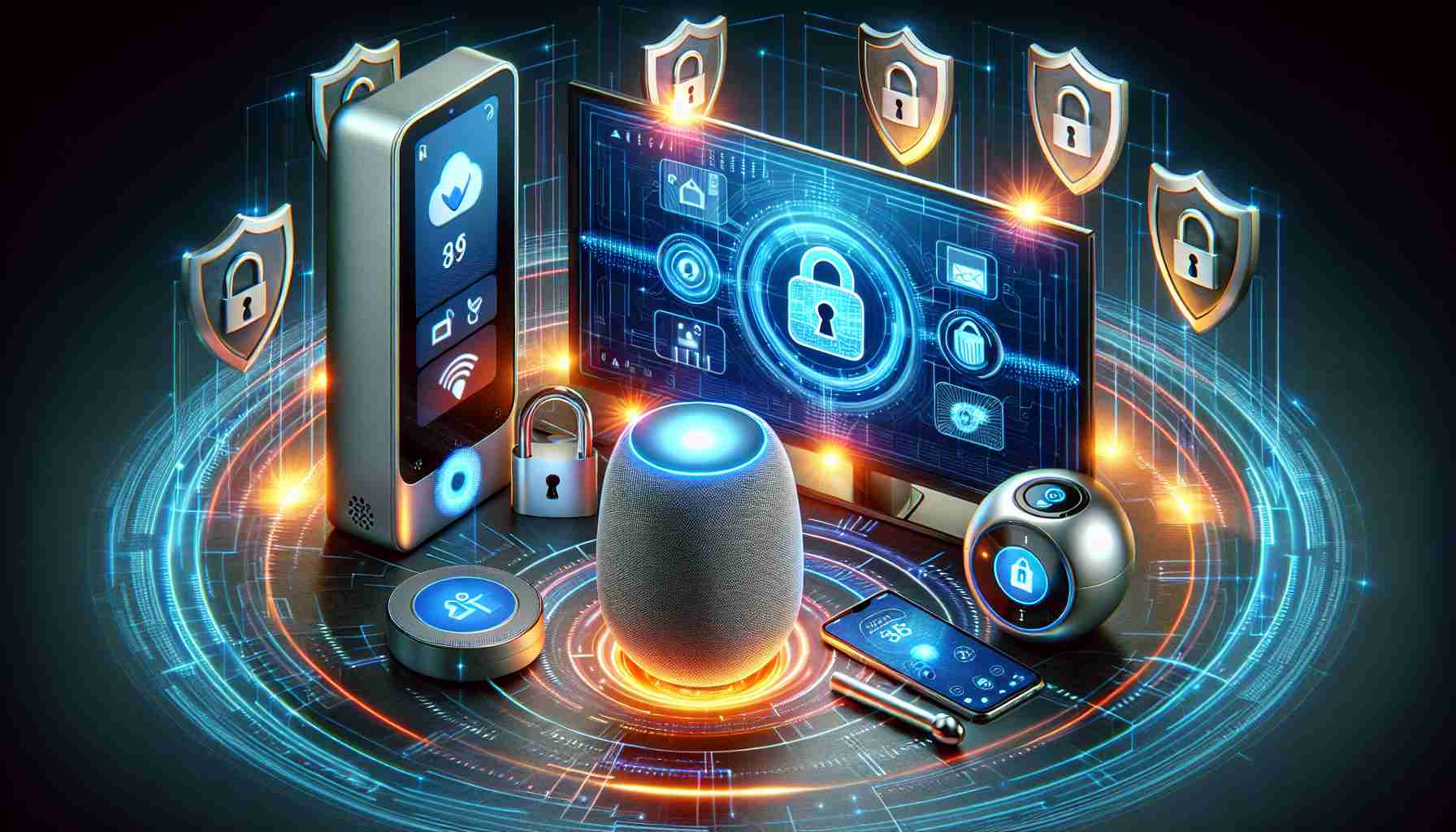The proliferation of smart home devices has significantly improved the convenience and comfort of people’s lives. The market scale of the industry has reached 715.7 billion yuan in 2023, according to the China Smart Home Industry Association’s report. However, recent concerns were raised regarding the security vulnerabilities in some products under the renowned household service robot brand Ecovacs. The focus on security risks in smart homes has been escalating.
A recent disclosure at the top-tier security conference Def Con revealed a cybersecurity loophole in Ecovacs products. Hackers could exploit Bluetooth connections within a range of 450 feet to control devices, access servers, and steal data. This underscores the importance of addressing cybersecurity and data protection in the industry.
As smart devices become more commonplace in households, security vulnerabilities broaden beyond traditional devices like computers and smartphones. Protecting user personal information has become a critical issue that both industries and society need to address urgently.
Security research reports point out that with the increasing interconnectedness and smart capabilities of home products, more malicious actors are targeting this “blue ocean” of smart home devices. The security of smart homes is crucial as it involves user privacy protection, data security, and even personal safety.
Risks associated with smart home systems stem from device vulnerabilities, data leaks during communication, security issues arising from user misuse, and security flaws in third-party applications and services. It is essential to acknowledge the potential risk of personal information leakage in any Internet-connected device with image, sound sensors, and storage capabilities.
For instance, infiltrated smart cameras could compromise household privacy, smart speakers could be hijacked as eavesdropping devices, and smart locks could enable hackers to steal biometric data such as fingerprints. Ensuring the security of smart home devices requires ongoing attention and action from both manufacturers and users.
Enhancing Privacy and Security in Smart Home Devices: Additional Insights
The expansion of smart home technology has not only ushered in unprecedented convenience but also brought forth notable challenges in terms of privacy and security. With an estimated 63% of homes in the United States expected to be smart homes by 2023, according to Statista, the need to address potential vulnerabilities becomes increasingly urgent.
Key Questions and Challenges:
1. What are the most common ways hackers target smart home devices?
Hackers often exploit weaknesses in device security protocols, unauthorized access to data transmissions, and vulnerabilities in third-party applications connected to smart home systems.
2. How can manufacturers prioritize privacy and security in smart home device development?
Manufacturers can implement robust encryption methods, regular security patches and updates, secure access controls, and comprehensive privacy policies to safeguard user data.
3. Are there regulatory frameworks in place to govern the security standards of smart home devices?
While some regions have introduced guidelines and regulations, such as the General Data Protection Regulation (GDPR) in the European Union, there remains a lack of universal standards for ensuring the security of smart home devices.
Advantages and Disadvantages:
Enhancing privacy and security in smart home devices offers numerous benefits, including:
– Protection of sensitive personal data from unauthorized access.
– Safeguarding against potential cyber threats and intrusions.
– Fostering greater trust and confidence among consumers in adopting smart technologies.
However, there are also drawbacks to consider, such as:
– The complexity of ensuring consistent security measures across various interconnected devices.
– The risk of user data breaches leading to privacy infringements and identity theft.
– The potential for user inconvenience or restricted functionality due to stringent security measures.
Related Links:
– Statista: Access statistics and studies on smart home adoption trends worldwide.
– GDPR.eu: Explore information on the General Data Protection Regulation and its implications for data privacy.
In conclusion, as the smart home industry continues to flourish, the protection of privacy and security must remain at the forefront of innovation and development. By staying informed, proactive, and collaborative, both industry stakeholders and consumers can work towards creating a safer and more secure smart home ecosystem for all.























